How does home insulation work?
Insulation slows the rate of heat transfer, helping keep homes warmer in winter and cooler in summer. Nothing stops heat from moving, but it moves slower through some materials than others, qualifying a material as an insulator or conductor. How well-insulated your home is will determine how comfortable it is and how much you will spend on energy for heating and cooling, and in some respects, how durable it will be.
The transfer of heat (or heat loss) occurs in 3 ways: conduction, convection and radiation. Within a home those 3 factors can impact each other and in effect work in conjunction, most often against you.
CONVECTION refers to the transfer of heat due to the movement of air. It can be caused by warm air rising near heating devices and cool air dropping close to cold surfaces, especially windows.
Both these effects are known as natural convection, as opposed to forced convection where the wind or the use of ventilators create a greater impact.
In homes with significant air leakage, heat loss occurs in two ways :
1 - As warm air leaks out it is replaced with cold air, and 2 - if you think of the 'wind chill' effect, a drafty house means a warmer overall temperature will be needed to feel comfortable, so your thermostat will likely be set higher. The cold emanating from exterior walls and windows can be so extreme at times that it causes a noticeable air convection, creating the sensation of a draft. How do we combat this? Again, we end up cranking the thermostat higher until we feel comfortable.
RADIATION (in this non-nuclear case) refers to heat transferred through electromagnetic waves, particularly in the infrared spectrum. Heat emanates from any warm body, like the sun, a wood stove or a window, for example.
Cold surfaces absorb more than they radiate, so the net effect is a sensation of cold when you stand in front of a cold surface, even when the air is warm. This effect is especially noticeable with windows of lower quality, and walls that are not well-insulated.
CONDUCTION refers to the heat that moves through solid materials, like your insulation or the wooden studs on either side of it. When a high-conducting material like concrete, metal or wood spans an entire wall assembly, it provides easy passage for heat to leave your house. This is known as a 'thermal bridge', and preventing it is known as a 'thermal break'.

When we mentioned at the beginning that these factors can work in conjunction, that is because the cold surface that results from the high conduction through wall studs and other thermal bridges can absorb radiation and create convection heat transfers as well. It sort of seems like cold is conspiring against you doesn't it? That's because it is.
So those are the three main factors that will determine how comfortable your home is, or more accurately how much you will have to spend to keep your home comfortable.
Understanding R values
The R value applied to a material refers to its capacity to resist heat transfer. The R value of most commercially available insulations varies in the range of R3 per inch to around R6 per inch. The higher the number, the more a material resists heat transfer. A typical section of a cold climate wall will be in the range of R18 to R24, depending on materials and regional building codes. That covers the insulation material, but there is more at play to determine the actual or 'true' R value of a complete wall system.
Insulation materials (like batts of fiberglass or panels of foam) have their own specific R value, but if they are spaced between wooden studs, the lower R value of the studs must be factored in when determining the true R value of a wall. Wood has an insulation value of approximately R1 per inch, which is very poor, so it brings down the overall R value significantly.
The fiberglass insulation batts in a 2x6 wall may have a total R value of 19, but when you factor in all the wood at R1, the true R value of the building envelope could be more like 13 or 14, perhaps even lower.

In addition, if you leave gaps at the sides of your insulation at the studs, around windows or electrical boxes, you will be allowing small convection loops of air to take place within the wall which will increase heat transfer, further sucking heat from your home. Air convection loops can take place in gaps as small as 1/8th of an inch.
A legitimate concern when it comes to investing in a better performing home, is the time it will take until you see a payback. When it comes to insulating, that can be the moment you turn the heat on, as you are simply redirecting your money from the bottomless pit of utility bills and putting it into your mortgage instead.
In some cases, the added savings on monthly utilities can match or even exceed the higher mortgage payments. And the bonus is that mortgage payments will end one day, while utility bills will not.
Now you know how insulation works, find the right insulation for your home build or renovation in the Ecohome Green Building Guide and these pages here:
Find out about all the benefits of a free Ecohome Network Membership here! |




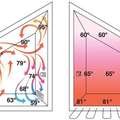














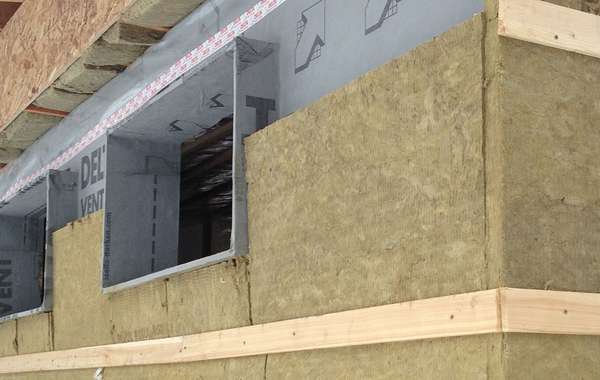

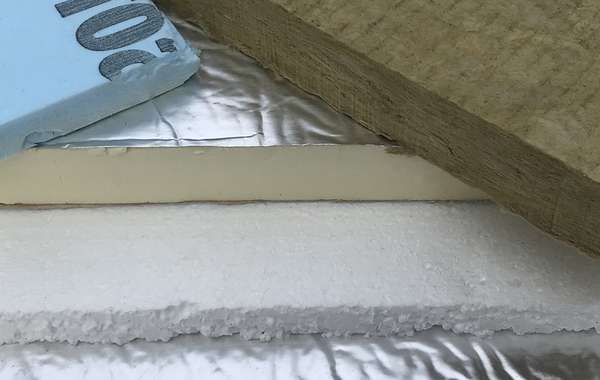
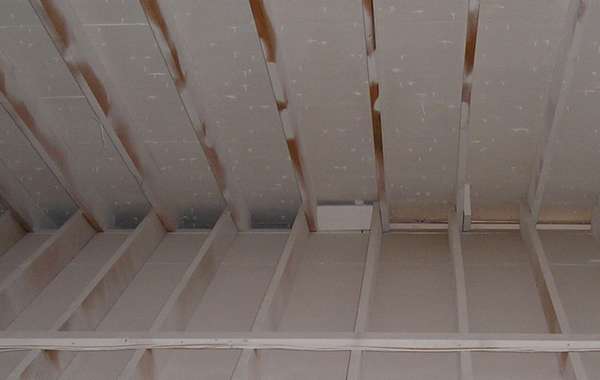

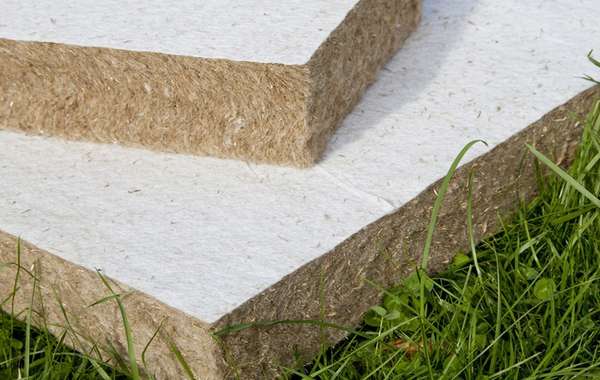


Comments (0)
Sign Up to Comment